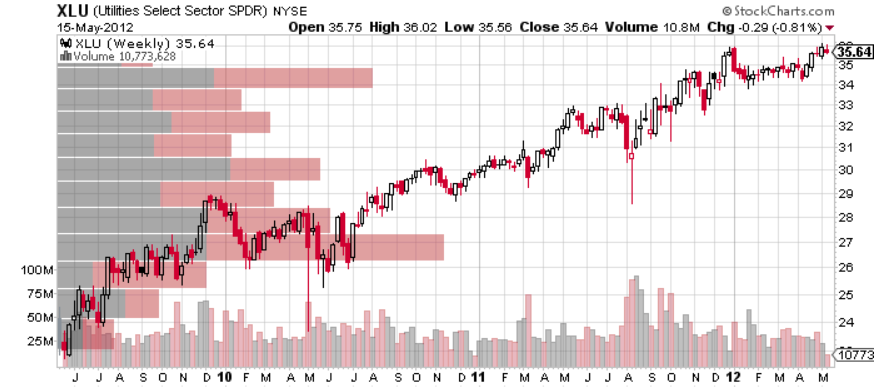October is living up to its scary reputation with investors so far this year. As Halloween approaches, there are hints that the “animal spirits” that helped propel the five-year stock market rally could be subsiding a bit.
Investors have been unnerved by violent sell-offs, escalating geopolitical worries and an alarming virus outbreak.

“Global tensions are on the rise from ISIS to Ebola,” said Sam Stovall, U.S. Equity Strategist at S&P Capital IQ.
“In addition, investors are warily weighing the possibility of a ‘triple-dip’ recession in Europe, combined with the prospects of further weakness in China,” he adds. “Add sobering small-cap smoke signals, and it appears as if the S&P 500 may be lucky to end the year with a single-digit gain.”
What are “animal spirits?”
The term was popularized by economist John Maynard Keynes in the 1930s.
Financial markets are driven by the so-called fundamentals, such as the health of the economy, interest rates and other factors that can be measured.
However, markets are also affected by human emotions — fear, greed, confidence and trust.
To use the language of Keynes, sometimes markets can rise on “spontaneous optimism rather than mathematical expectations.” Animals spirits can result in a “spontaneous urge to action rather than inaction,” Keynes wrote.
In other words, the confidence of investors can play a major role in the markets. For example, the credit crisis was exacerbated when trust evaporated in the banking system during the worst part of the storm.
Animal spirits can also apply to companies, which are more likely to hire and invest when the economy is humming — when times are good and the mood is upbeat.
Is the market having a mood swing?
Now that the S&P 500 has tripled from the financial-crisis lows, it seems that animal spirits are back and helping the stock market. And the market’s rise has been incredibly smooth, with very little volatility and investors willing to buy every dip.
“Long periods of low volatility and stable returns, such as the last five years, therefore ‘teach’ Keynes’ animal spirits to keep taking risk even when mathematical expectations tell them to refrain,” said ConvergEx Group analysts in a recent research note.
The question now is if a few weeks of market volatility are enough to dampen the animal spirits.
“U.S. stocks half a decade ago seemed remarkably risky. Now it is pretty much a consensus trade,” ConvergEx said. “We have learned where the riskier trade is, gotten some good payoffs, and we’ll be sticking with that option for now.”
However, price volatility of the kind witnessed recently “is what keeps those animal spirits in check and forces corporate Main Street to watch their pennies.”
What now?
Looking ahead, the Federal Reserve is winding down its economic stimulus and is expected to eventually raise interest rates, which could lead to more volatility.
Yet some make the counterintuitive argument that higher interest rates could actually stoke the animal spirits.
“An increase in interest rates may be precisely the signal from the Fed that’s necessary to unleash the ‘animal spirits’ or sense of confidence necessary for business managers to transact, assume risk, and grow their businesses,” Carlyle Group said, according to a Bloomberg report.
However the market responds to the Fed’s next steps, a market correction is no reason for long-term investors to sell stocks and give up. Volatility is simply a fact of life when investing in stocks.
Despite the smooth sail higher in recent years, investors can’t expect markets to rise every month. In fact, corrections can offer buying opportunities for long-term investors, so it may be time to draw up a shopping list just in case.
The bottom line is that investors should keep their emotions in check, especially when the collective mood swings to an extreme of greed or fear. Investors should be prepared for the inevitable drawdowns and have a plan in place — even if it’s sitting tight.
Continue learning: 5 ways your mind plays tricks on your investing
—




